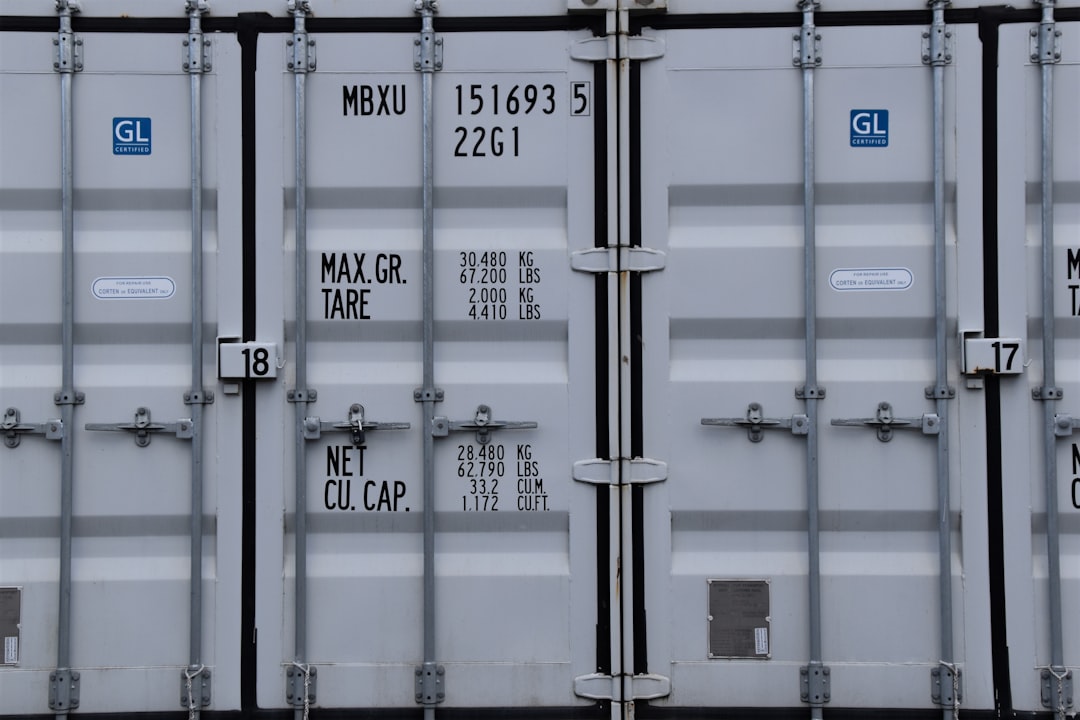
Containerized API Deployment Strategies with Load Balancer Solutions
In today’s fast-paced digital landscape, the demand for reliable and scalable API services continues to grow. Containerization has emerged as a leading method for deploying applications, enabling developers to create lightweight, portable, and consistent environments. When combined with load balancer solutions, containerized API deployment strategies can significantly enhance application performance and reliability.
Understanding Containerization and Load Balancing
Containerization involves encapsulating an application and its dependencies in a container, allowing it to run consistently across different computing environments. Docker is one of the most popular tools for containerization, while Kubernetes has become the standard for orchestrating containerized applications.
Load balancing, on the other hand, is the process of distributing network traffic across multiple servers or containers. This ensures that no single container or server becomes overwhelmed with requests, thereby improving application uptime and responsiveness.
Key Strategies for Containerized API Deployment
1. Microservices Architecture
Adopting a microservices architecture is a foundational strategy for containerized API deployment. By breaking down applications into smaller, independent services, teams can deploy and scale them individually. This approach allows for greater flexibility and resilience, as failures in one service do not necessarily affect others.
2. Continuous Deployment and Integration
Implementing Continuous Integration (CI) and Continuous Deployment (CD) pipelines is crucial for a seamless deployment process. Tools like Jenkins, GitHub Actions, and GitLab CI/CD enable teams to automate the testing and deployment of containerized applications. This leads to faster releases and improved collaboration among developers.
3. Dynamic Load Balancing
Dynamic load balancing adapts to the current load conditions of each container by distributing requests based on real-time metrics. Solutions like NGINX and HAProxy can be integrated with container orchestration platforms to automatically adjust traffic distribution. This ensures optimal resource utilization and enhances user experience.
Emerging Trends in Containerized API Deployment
Service Mesh
Service mesh technologies, such as Istio and Linkerd, are gaining traction in managing microservices. They provide advanced traffic management, security, and observability features that simplify the deployment and scaling of containerized APIs. By implementing a service mesh, teams can enhance their load balancing strategies while gaining better insights into API interactions.
Serverless Containers
Serverless computing is another trend impacting containerized API deployment. Platforms like AWS Fargate and Google Cloud Run allow developers to run containers without managing the underlying infrastructure. This flexibility enables teams to focus more on writing code and less on maintaining servers, leading to faster deployment cycles.
Best Practices for Deploying Containerized APIs with Load Balancers
Health Checks and Monitoring
Implementing health checks for your containers is critical for ensuring reliability. Load balancers can periodically check the health of containers and redirect traffic away from unhealthy instances. Monitoring tools like Prometheus and Grafana can provide insights into container performance and help troubleshoot issues.
Horizontal Scaling
Horizontal scaling, or adding more container instances to handle increased traffic, is essential for maintaining performance under load. Kubernetes and Docker Swarm are excellent for automating the scaling process based on demand. This ensures that your API can handle sudden spikes in request volume without degradation in performance.
Case Study: Successful Containerized API Deployment
Consider a financial services company that transitioned from a monolithic architecture to a microservices-based containerized approach. By adopting Kubernetes for orchestration and NGINX for load balancing, they improved their API response times by 50% while achieving 99.9% uptime. This shift allowed them to deploy updates quickly and respond to market changes effectively.
Further Reading and Resources
- Kubernetes Documentation
- Docker Documentation
- NGINX Load Balancing Guide
- Continuous Integration and Continuous Delivery
- Service Mesh Explained
In conclusion, adopting containerized API deployment strategies with load balancer solutions is not just a trend, but a necessity for modern application development. By leveraging microservices architecture, continuous deployment practices, and dynamic load balancing, teams can enhance the performance and reliability of their APIs.
For those eager to dive deeper into containerization and load balancing, consider exploring the resources mentioned above. Staying updated with emerging trends and best practices will empower you to build robust and scalable API solutions.
If you found this article helpful, please share it with your network or subscribe for more insights on DevOps practices and tools.


